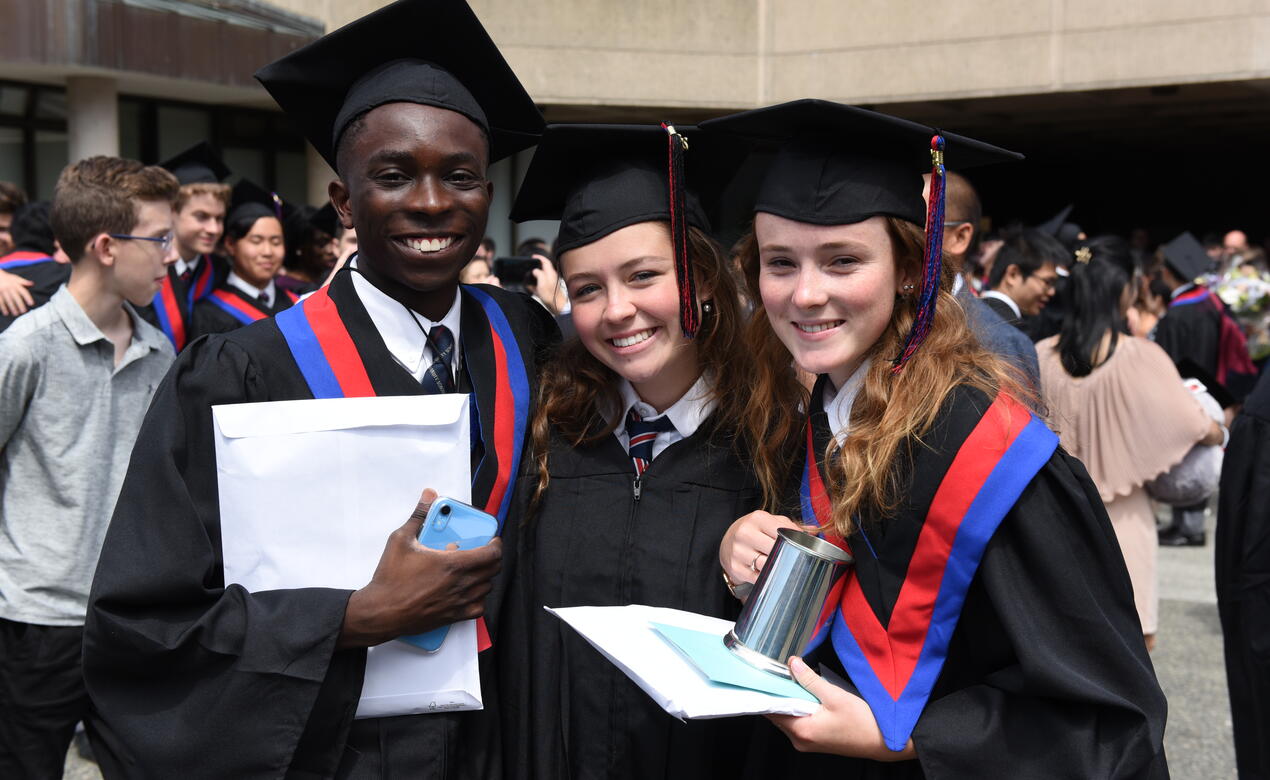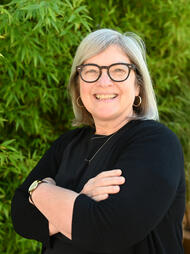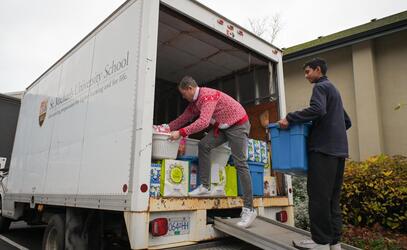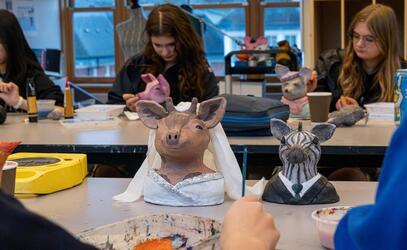
We are smack in the middle of university application season with our Grade 12 students. The first round of early applications to UK and US schools has gone out and the number of applications being submitted is increasing steadily by the day. The energy is palpable! Our office is getting busier as students meet with their university counsellors to review their applications, essays and supplements, program choices and, most importantly, “The List.”
Once students decide where in the world they want to apply, they need to develop the list of universities and colleges that they’ll apply to.
A very key question as that list is developed, and one often asked by both students and their parents, is, “How many universities should I apply to?” It’s a great question and one that deserves a little unpacking.
Developing The List
A strategic theme in developing your List is the range of admissibility. That is, you should make sure that your List has one or two ‘reach’ schools (highly selective or competitive programs), a few ‘match’ schools (selective but attainable schools), and another couple of ‘safety’ schools (you exceed that school’s typical admission requirements).
As well, when you are deciding on The List, you need to be confident that the institutions where you apply are places you would be happy to spend your undergraduate years. It is disheartening when a student gets admitted to a school and then claims they don’t really want to go there. In essence, they have wasted their time and the time of the admissions team that reviewed their application. It’s always best to make the harder decision of not applying up front when you’re developing The List.
So, then, what’s the magic number?
Well, I know that the magic number isn’t 32, which is the highest number of institutions that any advisee of mine has applied to (and that was just to the USA and Canada). Each application comes with a fee that can range anywhere from about $10 (in the UK) to $100 or more in Canada and the USA. So, at 32 applications, the cost of just applying to universities for the student and their family was close to $3,000. But beyond that, essentially, the student was postponing the real decision-making until spring, when the admission offers arrived (this student received 17 admissions). Much effort could have been saved at application time with a little more discretion in developing The List.
Of course, there isn’t a magic number of how many universities to apply to, and – perhaps frustratingly – like most questions asked of University Counsellors, the answer is, “it depends.”
The main factor determining how many universities or colleges you should apply to often depends on how many different countries you plan on applying to. Breaking it down by that metric will provide a more helpful framework for coming up with the right number of institutions that end up on The List.
Canadian Schools
If you plan on applying to universities only in Canada, considering a range of programs and admissibility might see you arrive at a list of four or five universities. At most universities in Canada, students can apply to two programs, meaning that you can shoot for that competitive program, then make a second choice of a more accessible program within that same application meaning some built-in safeties in your List.
American Schools
The US college and university landscape is incredibly diverse, and the comprehensive application involves more work from you, your teachers (recommendation letters) and counsellors (recommendation letters and supporting documents). You and your family really need to do your research to make sure that the work you are putting into these comprehensive applications is worth the time and effort.
Considering the range of admissibility, a list of six to eight universities is reasonable. If you are only applying to American schools, you may wish to extend that list to 10 schools to make sure you have a complete range. Most students at SMUS who apply to the USA are also applying to universities in Canada, and thus end up with a total number of applications at about a dozen or so schools.
UK Schools
If you are applying to the UK, you will do so through the UCAS system, which limits you to five applications (four if you are applying to medicine, dentistry, or veterinary science). How you decide on the range of programs you apply to will very much depend on whether you are applying elsewhere, as well. If you are only applying to the UK, you’ll need to be strategic in selecting your four or five choices. At SMUS, we rarely have students who only apply to the UK and nowhere else. But for those who do, their university counsellor can help them in making their final selections.
Other International Schools
Each year, we have students apply to destinations beyond those noted above. Europe (France, The Netherlands, Germany, Spain, Switzerland), Asia (Japan, China, Korea), and Australia are all destinations where students apply each year. Typically, if this is a route you want to take, you’ll look at one or two specialty programs or institutions, and will only apply to a few universities abroad in addition to Canada (and maybe the US and UK).
Choosing Your Destinations
About a third of any given grad class at SMUS will apply to both the USA and Canada, with a list of, on average, about 12 to 15 institutions. That list typically includes seven or eight ‘reach’ and ‘match’ schools in the US and then in Canada, with the option of a reach and safety within the same application, another four or five universities.
If a student applies to the US, UK and Canada, their list may be closer to 18 or 20 schools, remembering that for the UK they can choose up to five universities with one single application.
The best list for you is one curated by you and your family by way of ample research and discussion, as well as careful short- and long-range planning. If this is done in the spring of your Grade 11 year, then the fall of Grade 12, when application season arrives, will be less fraught.
As with all parts of the post-secondary planning process, students and their families can always rely on the University Counselling team for guidance and advice in developing The List.



